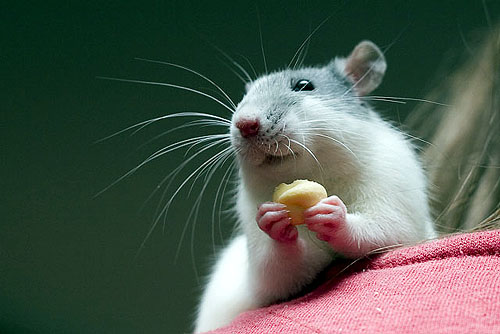PRISON chiefs are spending more than £300,000 in a bid to get their rat problem under control.
The cash will be spent trying to kill off vermin and other pests as well as subjecting prison buildings to a “deep clean”.
The Scottish Prison Service (SPS) spent £70,000 trying to eradicate vermin in 2008 but the latest spending suggests the problem is as bad as ever.
The SPS, according to a public tender document published online, has signed a £309,000 contract with an English firm for “pest control and management services”.
Many of the service’s 17 prisons date from the Victorian era and difficult to keep in good repair, providing an ideal home for rodents.
Howlett Hygienic services, based in Oakham, East Midlands, have been hired to deal with the problem.
They will carry out a “deep clean of equipment, building fabric, fixtures and fittings including but not limited to main kitchens, food preparation areas and walk in cold rooms”.
The contract also requires the “removal of staining of building fabric caused by such events as pollution, spillage of materials and graffiti”.
Wasps
In 2008, Barlinnie, Glasgow, was revealed as the most infested jail, needing 224 visits from pest controllers at a cost of £20,000 in one year.
In the past the SPS revealed the most common pests are ants, silverfish, mice, bluebottles, wasps, pigeons, cockroaches and rats.
The most commonly affected areas were cells, prisoner areas and staff areas.
Scotland’s most historic and upmarket areas were so rat-infested the residents and businesses were ordered by law to wipe them out last year.
Edinburgh Council took the rare step of issuing prevention of damage by pest notices to several homes, shops and restaurants in the city’s Rose Street South Lane.
The rats posed a health risk to residents and caused damage by gnawing through electrical wires, pipes, and food containers, and tunnelling under the road and pavement.


